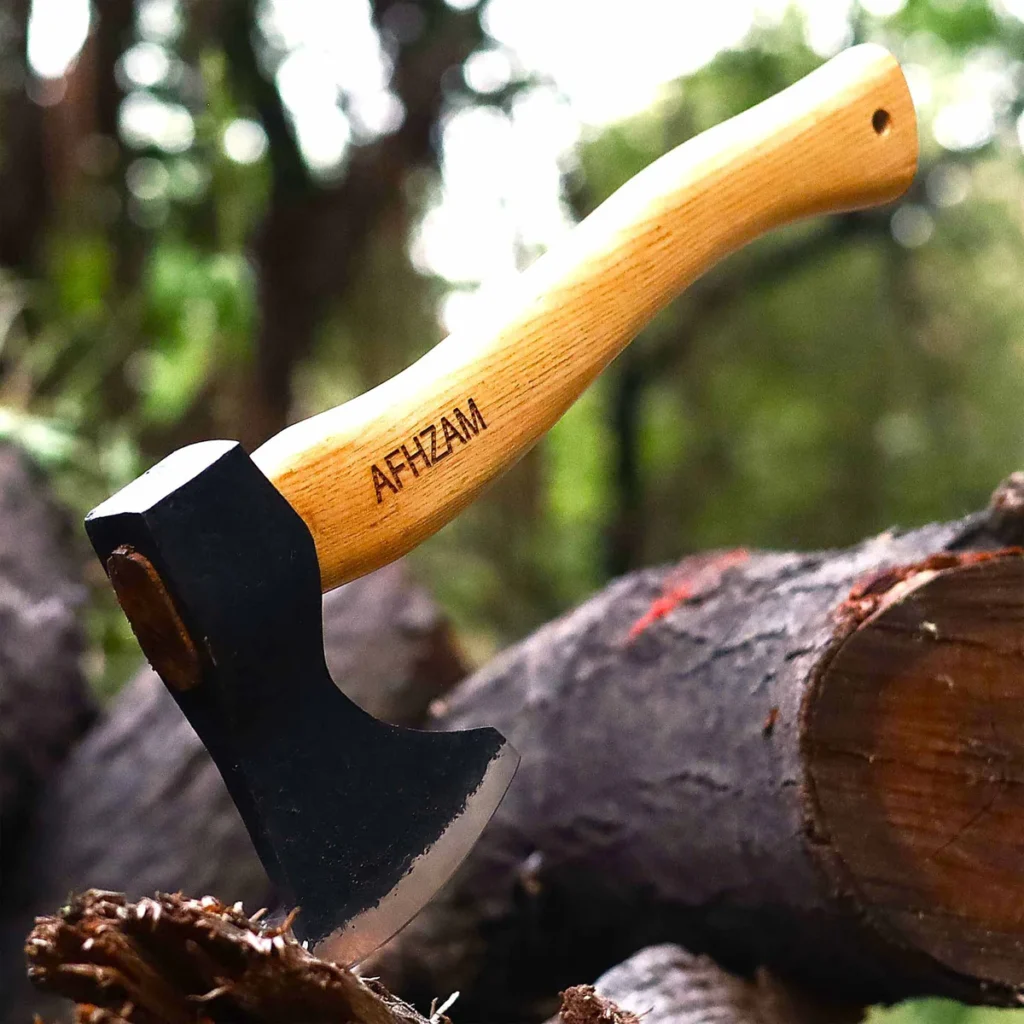Viking axes have long involved fanatics of records, weaponry, and craftsmanship. These tools, once wielded with the aid of fierce Norse warriors, now hold an area of honor in collections, reenactments, and at the same time as purposeful gear for outside enthusiasts. Choosing the appropriate Viking axe calls for information its ancient context, craftsmanship, and meant use. This manual will stroll you through the important elements to don’t forget whilst selecting the correct Viking axe.
1. Understanding the History of Viking Axes
Before choosing a Viking awl, it is important to recognize its historic importance. Viking axes have been more than mere weapons; they were symbols of power and skill. The design and use of axes numerous across the Viking Age, with each kind serving distinct functions, from combat to woodworking. Familiarizing your self with the records of Viking axes will help you respect the craftsmanship and capability of these equipment.
2. Identifying the Types of Viking Axes
Viking axes come in numerous sorts, each designed for unique responsibilities. The maximum commonplace kinds encompass:
- Dane Axe: Known for its long handle and vast blade, the Dane awl was a effective weapon utilized in battles.
- Bearded Axe: This awl features a distinct “beard” or extended lower blade, making it versatile for fight and woodcutting.
- Throwing Axe: Smaller and lighter, these axes had been designed for throwing and are regularly utilized in current competitions.
Understanding the exceptional styles of Viking axes will help you choose the one that pleasant fits your wishes, whether or not for show, reenactment, or sensible use.
3. Material and Craftsmanship
The nice of a Viking axe largely depends on the materials used and the craftsmanship involved. Traditionally, Viking axes were forged from excessive-carbon metal, presenting a balance between hardness and durability. Modern reproductions frequently use comparable materials, however it is important to make sure that the axe you pick out is made with first-rate steel and crafted through professional artisans. Look for axes with a well-solid blade, strong take care of, and interest to detail in the layout.
4. Choosing the Right Size and Weight
The length and weight of a Viking axe can extensively impact its capability. A heavier awl with an extended handle, like the Dane axe, is ideal for powerful strikes in combat or heavy-obligation reducing obligations. Conversely, a lighter, more compact awl, which include a bearded or throwing axe, offers more maneuverability and precision. Consider how you propose to apply the axe—whether or not for show, reenactment, or practical purposes—and choose a length and weight that aligns with your wishes.
5. Handle Material and Length
The take care of of a Viking axe is as critical because the blade. Traditional handles had been crafted from wood, which includes ash or oak, selected for its sturdiness and surprise-absorbing residences. When selecting a Viking awl, make certain the take care of is crafted from first rate wooden and properly suited for the blade. The period of the handle need to additionally fit the kind of awl and your intended use, with longer handles providing extra leverage and shorter handles offering better control.
6. Aesthetic Considerations
While functionality is paramount, the aesthetic attraction of a Viking awl should not be omitted. Many modern-day Viking axes are decorated with problematic carvings, runes, and other ornamental elements that reflect Norse tradition. Whether you are looking for an axe to display or use, recall the visible factors that resonate together with your personal flavor and the historical authenticity of the design.
7. Budget Considerations
Viking axes can range widely in rate, depending on the materials, craftsmanship, and authenticity. While it is probably tempting to opt for a cheaper choice, making an investment in a top notch, well-crafted axe will make certain sturdiness and pleasure. Set a price range that allows for a stability between exceptional and affordability, and consider whether or not you’re looking for an authentic replica or a useful device.
8. Where to Buy a Viking Axe
Finally, knowing where to buy a Viking axe is critical. Reputable sellers and blacksmiths who focus on historical weapons or custom-made axes are your fine wager for obtaining a awesome piece. Online marketplaces, artisan shops, and historical reenactment providers are right locations to begin. Ensure that the seller presents precise information approximately the substances, craftsmanship, and records of the awl.
9. Caring for Your Viking Axe
Once you’ve got chosen the precise Viking awl, proper care and preservation are vital to preserve its condition. Regularly oiling the blade and take care of, storing it in a dry surroundings, and polishing the brink as wanted will ensure that your awl remains in top form for years to come.
Conclusion
Selecting the correct Viking axe is a adventure that combines history, craftsmanship, and private choice. Whether you’re a collector, reenactor, or outside enthusiast, the proper Viking axe might be a treasured addition for your series and a lasting symbol of Norse heritage.
vist website



More Stories
ISB Brings You Verified Sports Breaking News
Stainless Steel Mesh Pricing: Key Factors
Top Signs You Need a Debt Harassment Lawyer to Fight Aggressive Collectors